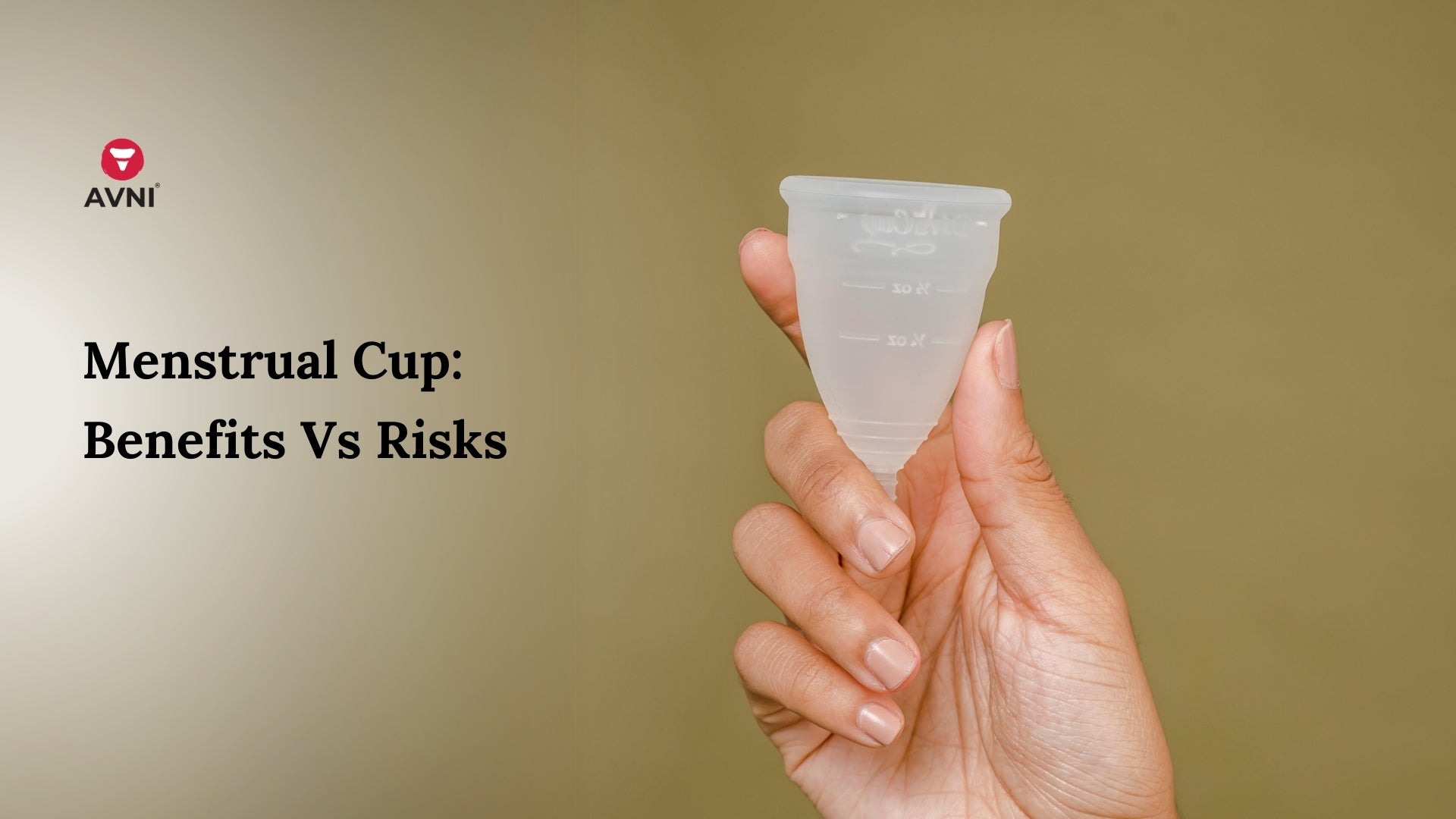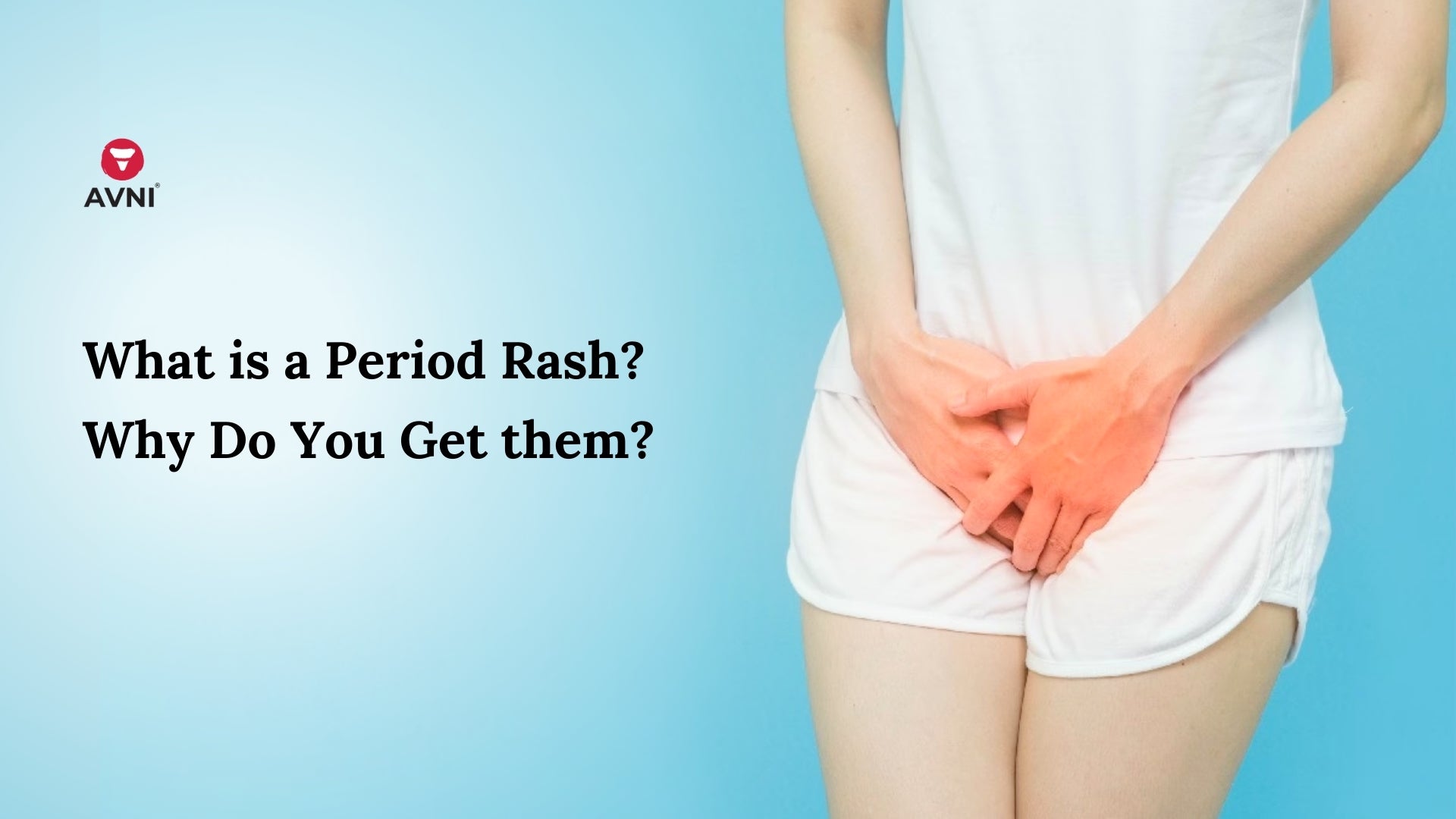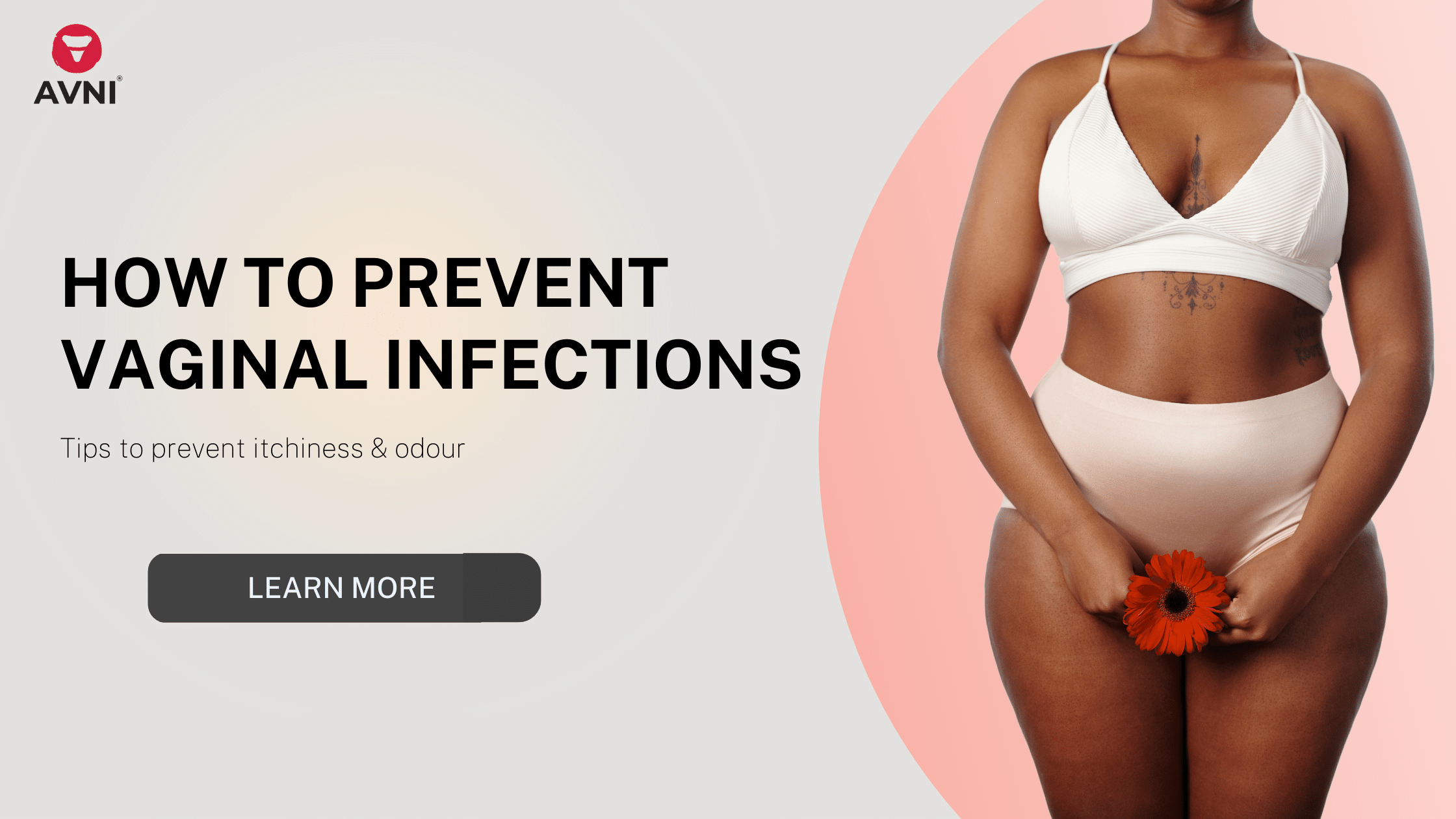
Menstrual Cup: Benefits Vs Risks
Menstrual cups are silicone cups that are more targeted towards collecting period blood instead of absorbing it. A study conducted by Lancet Public Health indicates a favourable acceptance to menstrual cups and its potential to be a more reliable and convenient sanitary product for many.
The premise of the study was based on the need of an efficient and cost-friendly sanitary product which would be acceptable and convenient for users across the world. This was in light of the lack of affordable menstrual products that were creating social, economic and of course health complications for all those in the menstruating age timeline.
However, when not used in the right manner, menstrual cups do have potential risks. In this article, we offer a clear picture on the benefits as well as potential risks of menstrual cups when not used properly.
Benefits of Menstrual Cups
As we spoke about the potential risks of menstrual cups, it is important to focus on the bright side as well. Menstrual cups are innovative and being picked up by many users for its great many benefits.
Here are some listed out for you:
1. Menstrual Cups are Safe
Menstrual cups do not pose any danger to users until they are dealt in an unhygienic manner. They are made from grade-A material and do not have toxic materials that may harm users in the long run.
Note: If you are allergic to latex and rubber, it is advisable to consult a medical expert before using a menstrual cup.
2. Sustainable and Eco-Friendly
A menstrual cup is a reusable sanitary product and therefore, can be used for many years. This reduces the chances of disposal that usually adds to the daily period fuss and not to mention, carbon footprint. Clearly, menstrual cups cost a lot less money and are more likely to be eco-friendly than the synthetic counterparts.
3. Zero Odour
For those who have certain experience using various sanitary products, there are no strangers to the odour as a result of prolonged usage. While this is a natural phenomenon, it can be fairly uncomfortable.
Menstrual cup, thanks to its collecting ability, negates the chance of any odour spilling out. Moreover, this is because the period blood does not come in contact with air which prevents any bacterial build up ergo, an odour build up.
4. Long Lasting
Most sanitary products need to be changed within 6-8 hours, based on flow. Menstrual cups on the other hand can go upto 12 hours before it necessitates the need to change.
5. Easy to Use
While menstrual cups are slightly more complicated than the regular sanitary pads, they are still easy to use products. If you are aware of how to use a tampon, it makes it easier to get used to the insertion. If this is your first try, fret not, it gets easy with practice.
6. Vaginal Sex is Possible
While most sanitary products make vaginal sex impossible or complicated, certain categories of menstrual cups are meant for intercourse during periods. Regular menstrual cups can make the experience uncomfortable, but certain products like the Ziggy Cups are more like a disc, rather than a cup which accommodates vaginal sex.

Are the Benefits Greater than Risks?
In simple words, risks posed by menstrual cups are more on the lines of user errors. In case of dirty hands or incorrect way of insertion, there are chances of discomfort, bacterial infection and even IUD expulsion.
However, these are extremely unlikely situations and menstrual cups have been considered safe to use by researchers as well as users.
It is safe to say that menstrual cups have greater benefits when compared to risks. They are economical, sustainable, and very importantly, ecological.
|
In a research study among rural schoolgirls in rural Nepal, menstrual cups were accepted by the majority of participants and proved to be a vital instrument in period management. In fact, it helped ensure no classes were missed as a result of period led complications. |
Menstrual Cups: Potential Risks
There are a range of complications that you might develop post using a menstrual cup. The spectrum usually ranges from mild irritation to Toxic Shock Syndrome (TSS). Knowing how and why you might develop these problems is the best way to understand how you can prevent these complications or negate the risk factors.
- Irritation
- Toxic Shock Syndrome
- Infection
- Leakage and Staining
- Pain
- Urinary Issues
- Dislodgement of Intrauterine Device (IUD)
- Allergic Reactions
1. Irritation
Irritation is a very likely after-effect of using a menstrual cup but most of the time, it is preventable. One of the most likely reasons behind the irritation is the stem of the cup that is helpful to hold the cup or pull it out.
Stem might be too long: In case you feel that the stem is a tad bit too long or irritating your vaginal entry (including chafing), simply cut a small length. Try inserting it again and check if it still rubs against your skin.
Lubrication: Another common reason why you might feel irritation down there post cup insertion is lubrication (or lack thereof!). Before you insert your cup, it is very important to lubricate the rim of the cup with some water. You can also use water-based lubes but water should help most of the time.
The right size: If you are using a cup that is not the right size.
Unclean cup: Not cleaning the cup before usage can lead to bacterial infections and therefore, irritation. Always clean it with gentle wash and rinse it thoroughly.
2. Toxic Shock Syndrome (TSS)
This is a rare but a concerning complication that is usually a severe version of bacterial infection. Caused due to the Streptococcus bacteria, TSS is usually associated with tampons that have not been changed for more than recommended time.
The build up leads to the bacteria entering the body and causing infection.
|
It is important to remember that TSS is a rare occurrence when it comes to tampons and sanitary pads. Since menstrual cups do not absorb blood but rather collect, the rate of infection is even lower in comparison.. |
3. Infection
Infection is another possible risk one might face when using a menstrual cup. This might be bacterial infection or yeast infection which usually occurs when the pH balance of the vagina goes haywire.
However, it is quite possible that these infections might result from certain lifestyle choices or simple habits like not washing the hands before inserting a cup. It is important to sanitise the menstrual cup and clean the fingers (keep those fingernails in mind) with soap and water before inserting the cup as the dirt and grime can affect the sensitive regions.
In order to be extra sure, you should also wipe or wash the region one the menstrual cup is firmly in place.
4. Leakage and Staining
If the menstrual cup has not been inserted properly, there are chances of leakage and staining. It is helpful to tug on the cup light once it has been fit in. If it doesn’t give away, you are good to go.
If it has been inserted properly, then a vacuum between the cup and vaginal tract will prevent the period blood from flowing anywhere but the cup underneath.
5. Pain
If the size of the cup is not right, it might hurt as you insert or take them out. On the other hand, if the cup rim is not lubricated or you are not in the right position (namely extending your vaginal opening as much as you can), chances are that the struggle might leave you uncomfortable and in pain.
The best way to avoid these is to lubricate the cup rim and squat as you insert the cup. Take a deep breath and relax your body as it will make the process easier and pain free.
6. Urinary Issues
Inserting anything in your object may affect your urethra and also make way for bacterial infection. In some studies, a small proportion of women did experience urinary issues like infections and burning sensations. But these were specific cases of improper insertion or certain rare occasions where the cup did not suit the user.
7. Dislodgement of Intrauterine Device (IUD)
IUDs are inserted deep into the vaginal canal which might be a concern for many who want to switch or start using menstrual cups. However, it was noted that only 0.39% of the participants of the research experienced IUD expulsion.
This again affirms the rarity of the situation. However, those with IUDs should avoid using menstrual cups in case they are concerned about IUD infection or expulsion.
8. Allergic Reactions
It is important to determine whether you are allergic to silicone or latex material because a menstrual cup is primarily made of these materials. Do your homework and talk to your gynaecologist to be 100% sure if you can use a menstrual cup without triggering an allergic reaction.
How to Avoid the Potential Risks Posed by Menstrual Cups?
Avoiding potential risks is easier than one might assume. Here are few ways that you can avoid the aforementioned potential risks posed by menstrual cups
Understand the Cup Size
Not all cervixes are of the same size and therefore, there needs to be a careful consideration about the cup size. While there are three major sizes available - small, medium and large, many brands have multiple sizes available.
One way to know your size is to consider your age, sexual history and case of vaginal birth. For young and first time users, small cups are usually recommended by experts. On the other hand, those who underwent vaginal birth are recommended a large size.
However, a good way to know which size works for you is to measure your cervix size especially during your periods. (note: your cervix moves throughout the cycle) Insert your finger and feel the cervix - it feels like the tip of the nose.
Measure the finger length that fits inside the cervix with a ruler for accurate numbers. Based on the results, you can choose your small, medium or large size menstrual cup.

Have a Proper Clean Up Routine
We cannot stress enough but having the right clean up routine is essential for maintaining utmost menstrual health while using a cup.
1. Before Use
Sanitise your menstrual cups in boiling water for at least 12 minutes.
Clean your hands with soap and water before insertion.
2. Insertion
Ensure that the rim of the menstrual cup is lubricated with water or water-based lube.
Fold the cup in a C shape.
Relax and sit in a squat position and insert the cup rim first.
3. After Use
Wash your hands with soap and water.
4. Removal
Clean your hands again with a gentle wash.
Relax your muscles and insert your finger along the side of the cup.
Push on the sides to break the vacuum seal and gently pull it out to minimise any pain.
Wash your cup with soap and water and do the same with your hands.
5. Until the Next Menstrual Cycle
Once your menstrual cycle is complete, wash the cup with soap and water.
Later, sanitise it again in hot water.
Allow it dry and store it in a cloth bag until your next cycle.
Don’t worry if you notice a change in the colour of the cup, that is bound to happen over a period of time. It does not impact the efficacy of the menstrual cup.
Consult a Doctor
Menstrual cups may lead to pain, discomfort, and in very rare cases, TSS. In case of persistent issues, discontinue using it and consult your doctor.
Conclusion
Menstrual cups are more economical, safer and fuss free sanitary products that are slowly making their way in the mainstream market. MyAvni’s plant based products are developed keeping in mind the diversity and sensitivity of the body and the menstrual cups are no different.
So if you are switching to menstrual cups or just starting on your journey, we hope this blog helps alleviate any fears you might have had earlier.
FAQs
1. Are menstrual cups better than other sanitary products?
Menstrual cups are sustainable, economical and convenient in comparison to other sanitary products. They are also safe and long-lasting, with each cup lasting for at least 5 years under proper care.
2. Can menstrual cups harm me?
No, menstrual cups are absolutely safe to use. Unless you do not follow a clean up routine or are allergic to latex or rubber, you can easily use menstrual cups for your sanitary health and well-being.
3. Do gynaecologists recommend menstrual cups?
Many gynaecologists recommend menstrual cups for their convenience and ease to use. However, talk to your gynaecologist if you are using menstrual cups for the first time.
4. Is a menstrual cup bad for my cervix?
No. It sits underneath the cervix without harming any muscles around it. Moreover, the cervix size determines the right size of a menstrual cup that will work for you.



Leave a comment
This site is protected by hCaptcha and the hCaptcha Privacy Policy and Terms of Service apply.